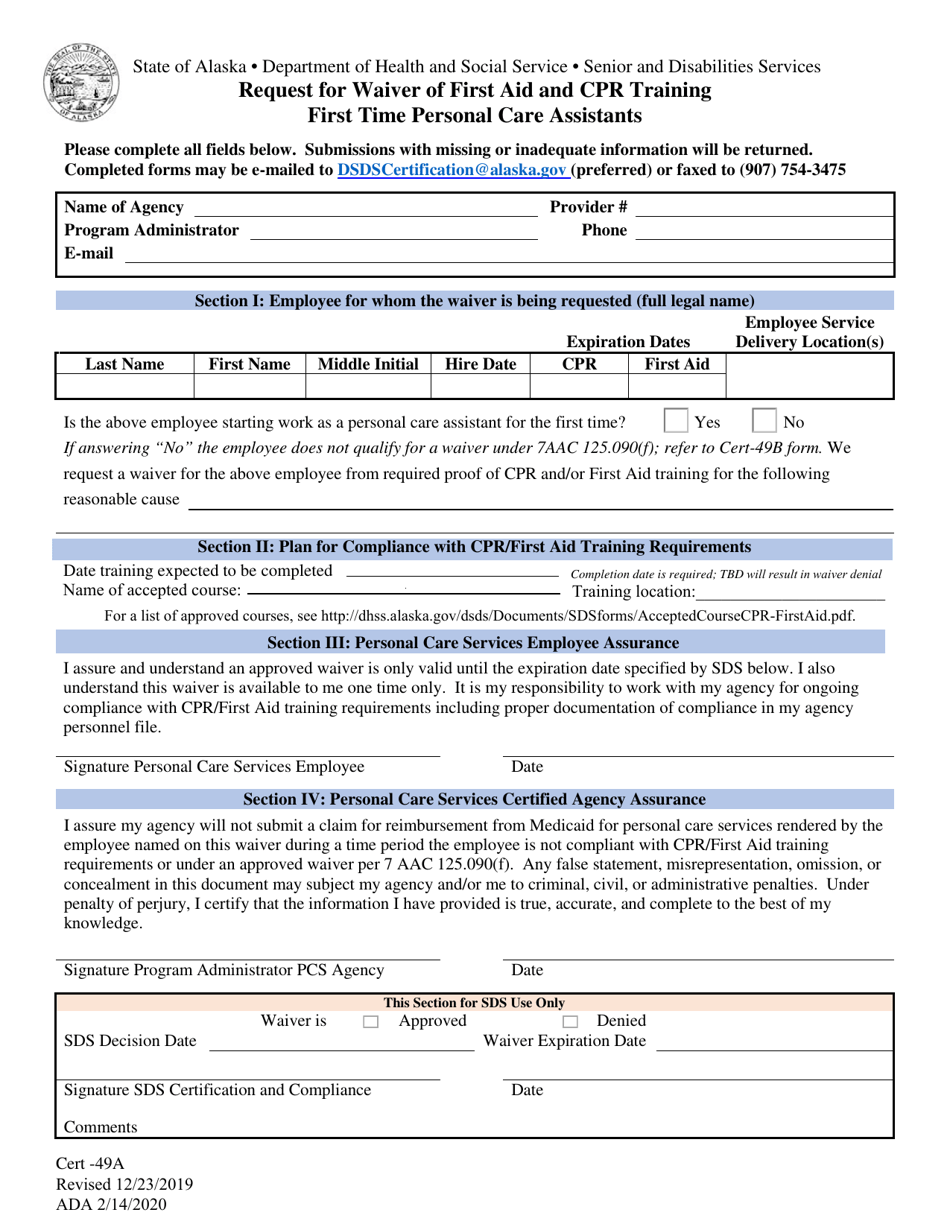

The heart also rapidly loses the ability to maintain a normal rhythm. Therefore, in general CPR is effective only if performed within seven minutes of the stoppage of blood flow. Typically if blood flow ceases for one to two hours, then body cells die. The physiology of CPR involves generating a pressure gradient between the arterial and venous vascular beds CPR achieves this via multiple mechanisms The brain may sustain damage after blood flow has been stopped for about four minutes and irreversible damage after about seven minutes. Blood circulation and oxygenation are required to transport oxygen to the tissues. Pathophysiology ĬPR is used on people in cardiac arrest in order to oxygenate the blood and maintain a cardiac output to keep vital organs alive.

Correcting the underlying cause such as a tension pneumothorax or pericardial tamponade may help. In those with cardiac arrest due to trauma, CPR is considered futile but still recommended. : S643 If a person still has a pulse but is not breathing ( respiratory arrest) artificial ventilations may be more appropriate, but, due to the difficulty people have in accurately assessing the presence or absence of a pulse, CPR guidelines recommend that lay persons should not be instructed to check the pulse, while giving healthcare professionals the option to check a pulse.

CPR PDF INFO MANUAL
4.3 Devices for assisting in manual CPR.In general, CPR is continued until the person has a return of spontaneous circulation (ROSC) or is declared dead. CPR may succeed in inducing a heart rhythm that may be shockable. Early shock, when appropriate, is recommended.

Defibrillation is effective only for certain heart rhythms, namely ventricular fibrillation or pulseless ventricular tachycardia, rather than asystole or pulseless electrical activity, which usually require the treatment of underlying conditions to restore cardiac function. Administration of an electric shock to the subject's heart, termed defibrillation, is usually needed in order to restore a viable, or "perfusing", heart rhythm. The objective is to delay tissue death and to extend the brief window of opportunity for a successful resuscitation without permanent brain damage. Its main purpose is to restore partial flow of oxygenated blood to the brain and heart. Chest compression to breathing ratios is set at 30 to 2 in adults.ĬPR alone is unlikely to restart the heart. With children, however, 2015 American Heart Association guidelines indicate that doing only compressions may actually result in worse outcomes, because such problems in children normally arise from respiratory issues rather than from cardiac ones, given their young age. Current recommendations place emphasis on early and high-quality chest compressions over artificial ventilation a simplified CPR method involving only chest compressions is recommended for untrained rescuers. The rescuer may also provide artificial ventilation by either exhaling air into the subject's mouth or nose ( mouth-to-mouth resuscitation) or using a device that pushes air into the subject's lungs ( mechanical ventilation). ĬPR involves chest compressions for adults between 5 cm (2.0 in) and 6 cm (2.4 in) deep and at a rate of at least 100 to 120 per minute. It is recommended in those who are unresponsive with no breathing or abnormal breathing, for example, agonal respirations. Cardiopulmonary resuscitation ( CPR) is an emergency procedure consisting of chest compressions often combined with artificial ventilation in an effort to manually preserve intact brain function until further measures are taken to restore spontaneous blood circulation and breathing in a person who is in cardiac arrest.


 0 kommentar(er)
0 kommentar(er)
